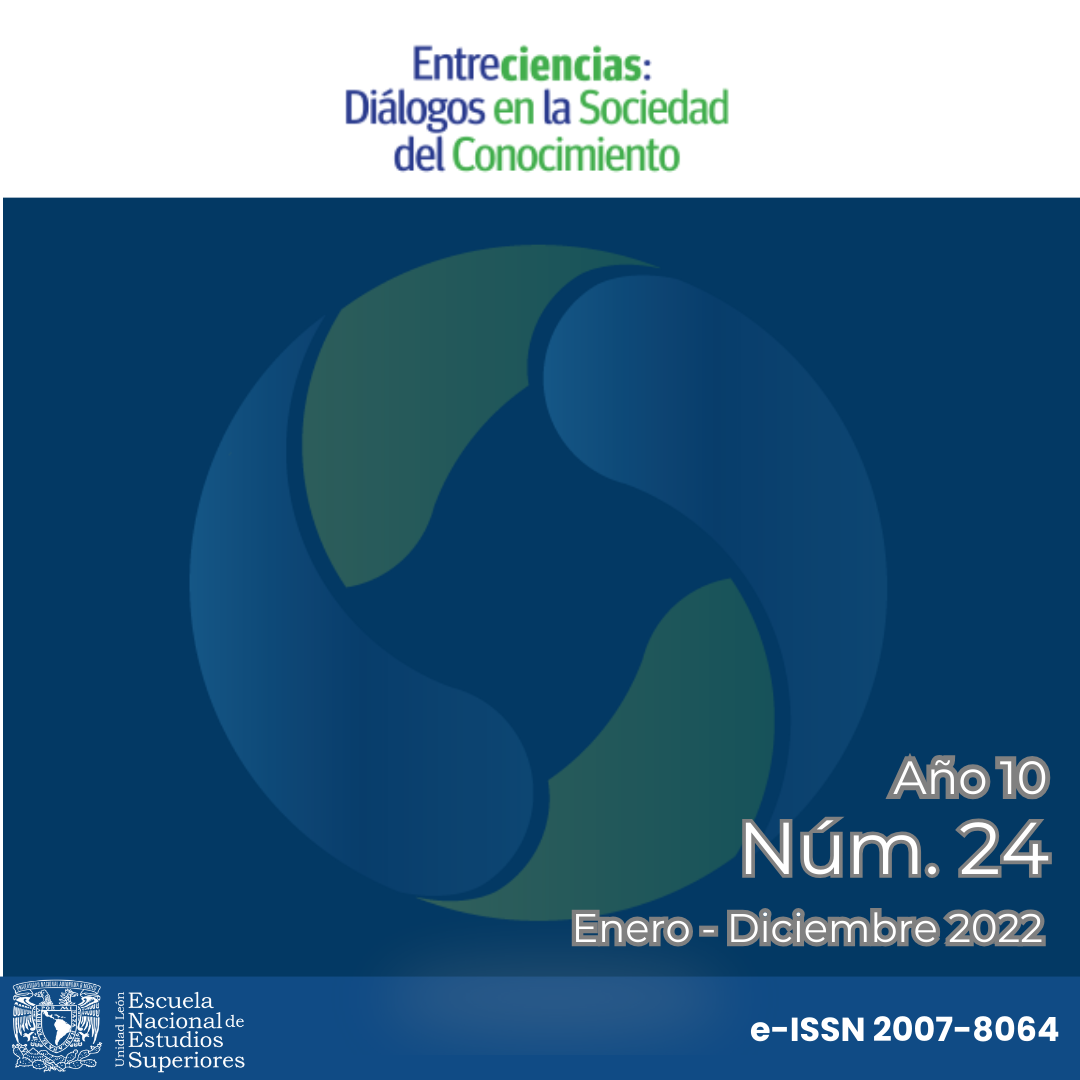Assessment of urban tree health through satellite imagery in Guadalajara, Mexico
Main Article Content
Abstract
Purpose:To evaluate tree health in the Guadalajara Metropolitan areathrough WorldView-2 multispectral satellite images.
Methodology: The multiple maskingand the maximum likelihood classifier methods were used to analyze variation in the values of spectral bands and vegetation indexies. Healthclassification analysis was applied using three masks: main species,foliage type, andgeneral trees. Trees were classified according to health condition in the following categories: healthy, regular, poor, and declining. 800 trees were used as reference sites, which were evaluated in situ with the methodology of the US Forest Service.
Results:Ash trees and jacarandas are among the species that were identified with a healthy condition. The highest precision for health condition (33%) was obtainedthrough classification by type of foliage. It was estimated that only 24% of the trees evaluated in 13 854 ha have a healthy or regular condition.
Limitations: To consider the classification by pixels rather than whole individuals to increase accuracy.
Findings:The use of satellite images allowed for the evaluation of health condition of urban trees in the city. The classification by type of foliage was the most effective but the high diversity of trees in the area must be considered.
Downloads
Article Details
Citas en Dimensions Service

This work is licensed under a Creative Commons Attribution-NonCommercial-NoDerivatives 4.0 International License.

Entreciencias: Diálogos en la Sociedad del Conocimiento recognizes and respects the moral rights of authors as well as ownership rights transferred in non-exclusivity to the journal for its open access dissemination and its preservation. Hence, authors who publish in this journal accept the following conditions:
- Entreciencias: Diálogos en la Sociedad del Conocimiento from Universidad Nacional Autónoma de México is distributed under a Licencia Creative Commons Atribución-NoComercial-SinDerivar 4.0 Internacional, which allows the information and metadata to be used without commercial ends as long as proper citation is utilized.
Authors will have the right to non-exclusively distribute the contribution made to Entreciencias: Diálogos en la Sociedad del Conocimiento. That is, they will be able to include it in an institutional repository or disseminate it in other digital or printed media as long as it is explicitly stated that it was first published in Entreciencias: Diálogos en la Sociedad del Conocimiento. The following information must additionally be included: author, year, volume, page numbers, electronic paging, and DOI.
Authors, whose publications have been accepted, will have to send the Letter of Copyright Transfer in the corresponding format, filled out and signed by the author or authors.
